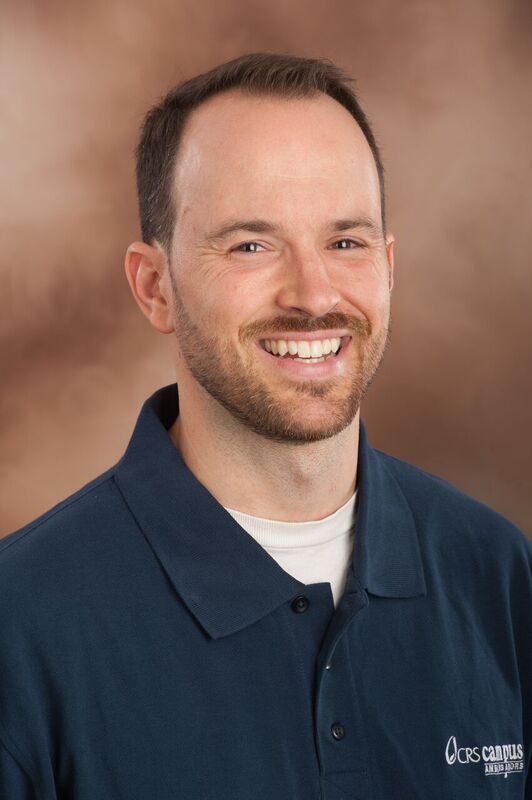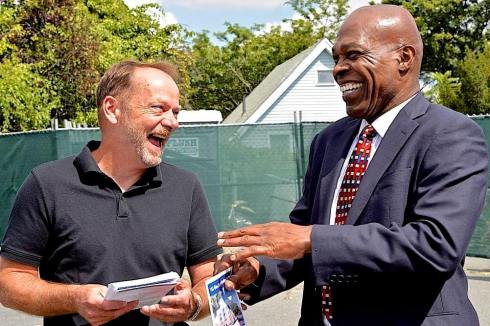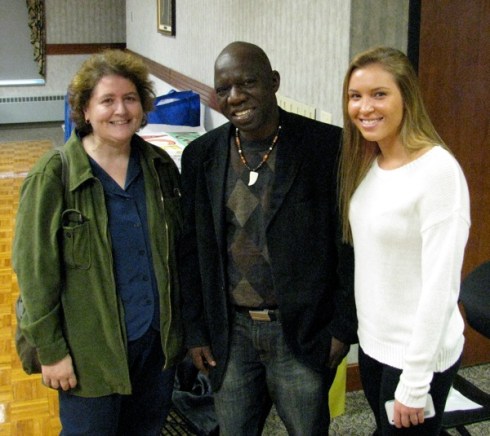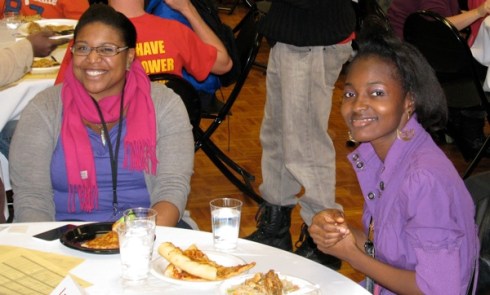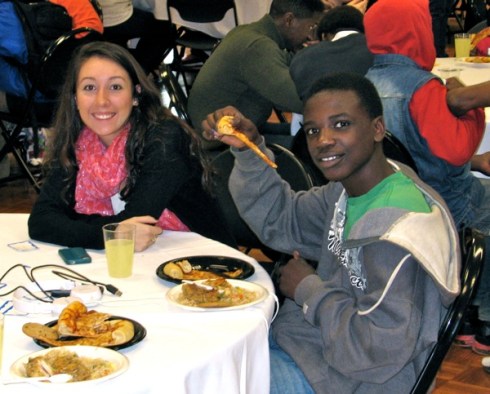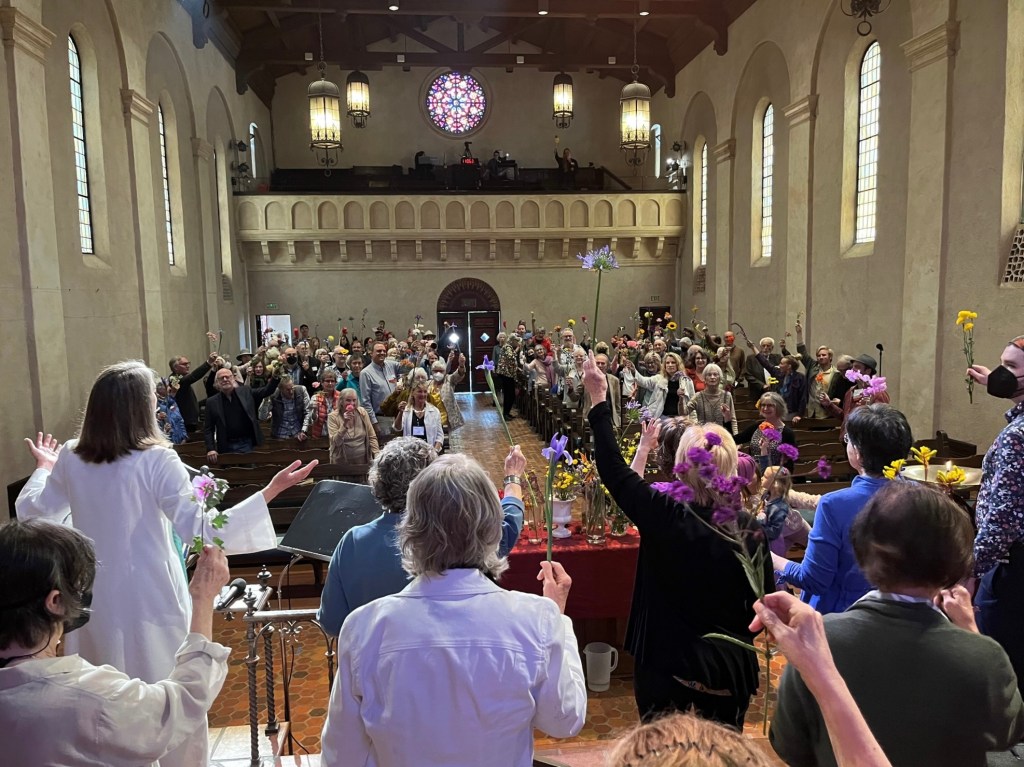
View from behind altar (from USSB Facebook page)
On a cool summer morning on the central California coast, I parked outside the church and carefully lifted the bouquet of flowers I’d just picked up at a grocery store.
I was glad for their presence. The purple irises made me feel somehow less alone, and more connected, to the scene I was about to enter. I only attend the Unitarian Society of Santa Barbara once a year, whenever I can make it out here from Massachusetts to visit friends. Even though I attend on-line, I always fear that someday physical geography will transcend spiritual geography, leaving this an empty ritual from which I must move on.
But the flowers won’t let me.
They gave me a particular purpose – the seeking out of their assigned home. This gave me a reason to with someone I recognized from past visit. In this case, it turns out to be Sally, the mother of the pastor. I was glad to see she recognized me from last summer’s visit, my in-person return after the quarantine. She told me to take my bouquet to the sanctuary.
I place my purple irises at one end of the altar that is still relatively sparse, with a dozen or so modestly sized groups of flowers. There were black-eyed Susans, a pink peony … and, I’ll admit it, I don’t know much about flowers.
I do know this is the 100th anniversary of the Flower Communion, a Unitarian tradition that began in post-World War I Czechoslovakia. During the upcoming service, Rev. Julia Hamilton will fill in the details. She explained that the creator of the ritual, Rev. Norbert Capek, responded both to the need for more distinctly Unitarian rituals – and to remind parishioners, during times of fascism and war and recovery from war, to remind parishioners that even in the hardest of times, one can still find beauty, joy, and peace in nature. And when the next world war came less than two decades later, the ritual’s creator was said to have led the ritual with his fellow inmates at the concentration camp in Dachau, where he would be tortured before being gassed to death. Meanwhile, his wife, Maja, had become the pastor of the Unitarian church in Massachusetts, where she would keep alive the Flower Communion … which would then spread to Unitarian churches elsewhere in the nation.

My contribution to the service
So what on the surface seemed like a stereotypical California ritual – would there also be flowers in our hair? – was born and sustained amid harsh realities of suffering and loss, injustice and, eventually, genocide. Sitting in the pew, I was reminded of George Orwell’s humorous and yet earnest essay, “Some Thoughts on the Ordinary Toad.” It was published in 1946, only a year after the dropping of two atomic bombs in Japan. He argued that in such challenging times, it wasn’t only appropriate, but necessary, to revel in all the hilarity and rambunctious of observing toads noisily mating in London ponds.
As Orwell concluded, “The atom bombs are piling up in the factories, the police are prowling through the cities, the lies are streaming from the loudspeakers, but the earth is still going round the sun, and neither the dictators nor the bureaucrats, deeply as they disapprove of the process, are able to prevent it.”
The group that gathers here today faces its own challenges. We’re all coping with all of the disturbing trends toward injustice, the destruction of our climate, and worries about the next variant of whichever deadly disease comes next. My own participation in this church also came out of a mutual loss: The last event I flew to before the 2020 lockdown was a memorial service for a former girlfriend, Karena Ryals, who sang in the choir. In her memorial, the choir was led by her brother Ken – who would die, although not of Covid, less than a year later. Unlike Karena’s service, Ken’s was remote; more than 200 attended on-line, however, with more than two hours of testimonials and music, the nature of the medium allowing wake, service, and reception to merge into one powerful testimonial.
For both me and for this congregation, there have been many, many more losses in the time since that memorial.
Yet here we were, miraculously in person – and, despite my doubts, I felt very welcome despite the distance. We listen to another eloquent sermon by Rev. Julia Hamilton, whose extraordinary on-line presence helped me feel connected during those trying times of living alone in the lockdown. She shared, in greater detail, the history of the Flower Communion.
Then it was time to, well, commune. We proceeded two by two, pew by pew, down to the altar to select a flower to carry back to our seats. I gravitated toward the brightest, a sunrise of a flower, blazingly yellow, orange, and red.
We saw a video of a pastor, speaking in Czech and then in English, the opening words of the communion. Finally, forming pairs, we read to one another a dialogue written for the first Flower Communion. My partner was a tall woman, whom I’d never met, and might never see again. But I’m sure we both saw the wisdom of the words, which listed the things that flowers should remind us of, from “diversities of knowledge and of gifts, to be one in desire and affection and devotion… the value of comradeship, of doing and sharing alike” and, finally, the realization that “whatever we can do, great or small … the efforts of all of us are needed to do thy work in the world.”

The Peruvian lilies I chose at the altar
Eventually we sang our final hymn – it turned out to be far easier to sing in rounds when in person – and Rev. Julia delivered the benediction, declaring: “For this is the day we’ve been given; let us rejoice and be glad in it.” And we moved out into the rest of the church grounds, people seem to be plenty glad, partly because of the flowers, gifts from unknown givers, that we sometimes balanced with coffee or cake.
I renewed some old connections, including some I’d first to come to know through the late Karena and Ken. She would take pleasure in my enjoyment of my flower; Karena was a seeker who always found the spiritual and the romantic in nature, so she would’ve loved this ritual in particular. Together, we had hiked out in the Channel Islands 20 miles west in the Pacific, and rambled about Walden Pond when she visited me back east – and each of those adventures included some meditative gesture of gratitude
Like a lot of us these days I’m not nearly as youthful and adventurous of spirit and body. But in the five days to come, I would resurrect some of that former self, writing on the balcony of my hotel room, my laptop and book sharing the table with a water bottle, the new vase for what my sister would tell me were Alstroemeria, also known as Peruvian lilies. Gifts from a stranger, they would appear almost as fresh Friday as they were Sunday. By then, they would have inspired me to begin drafting what you’re reading now, my first blog post in two years.
Before departing the church, I lingered by the flat memorial stone dedicated to the dearly departed Karena and Ken. They were partially framed by plants I would later learn were coral bells; although not yet in bloom, the leaves of yellow, red, and purple lent cheer to the memorial marker. Beneath my friends’ names, I contemplated the quotation: “Anyone Can Sing. What is harder is to proclaim the soul.”
On this particular Sunday, the Flower Communion found a way.

